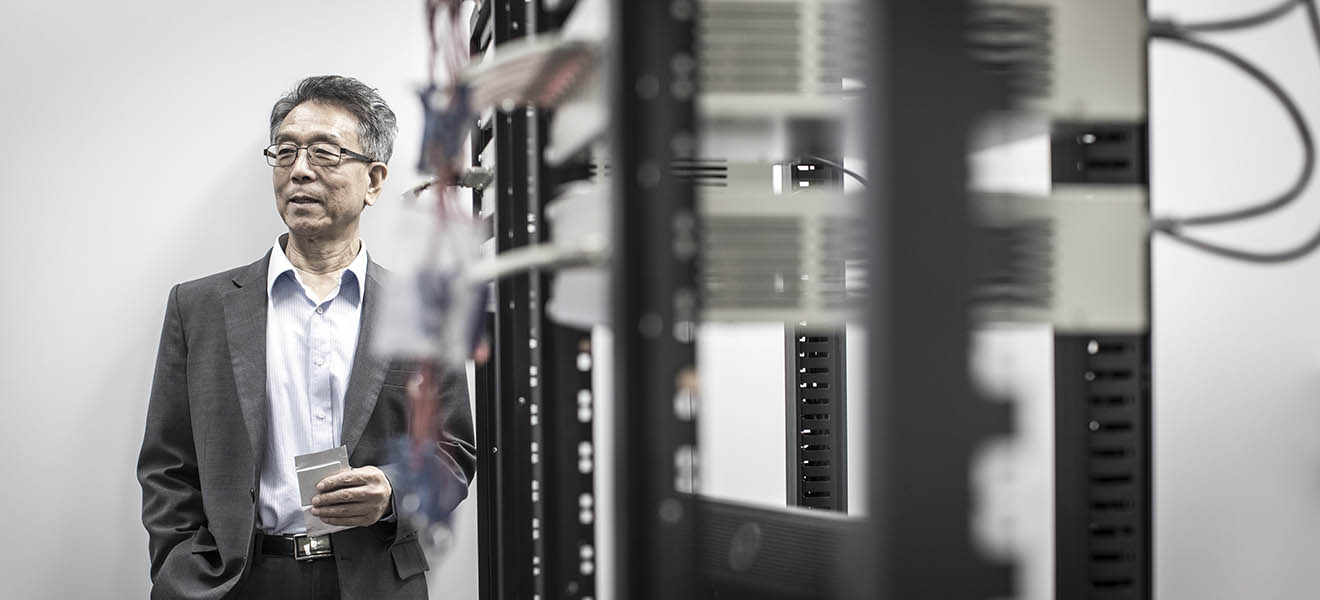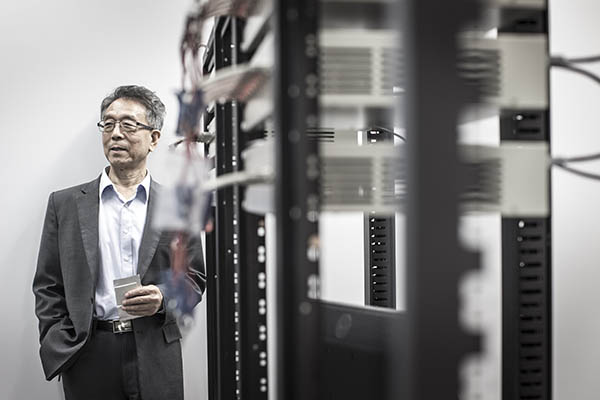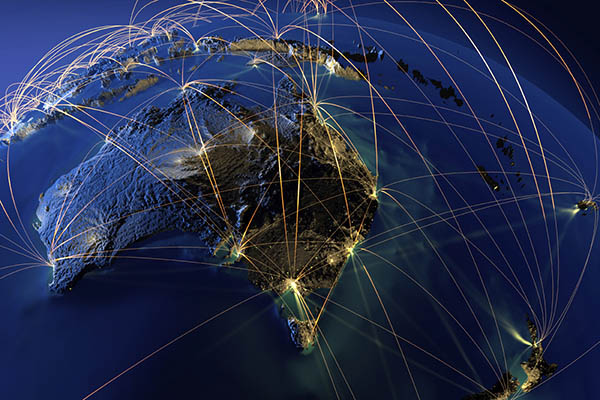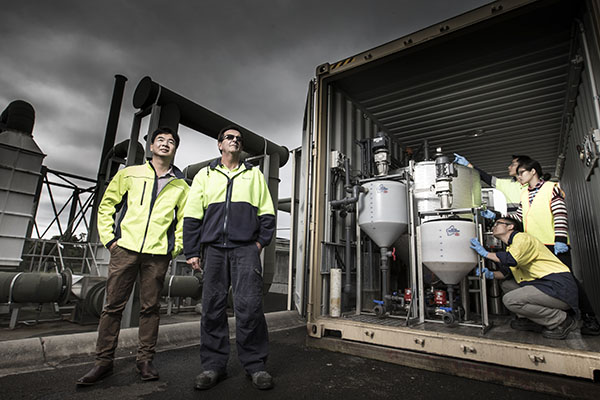Industrial and medical applications for partnered research into the superconductor magnesium diboride
One of the most important advances ever made in the field of superconductivity was the result of a 15-year long partnership between UOW and US based HyperTech Research Inc. (HTR).
Superconductivity is the characteristic of certain materials to conduct electric current with near zero resistance, allowing energy to be transferred vast distances without loss.
The breakthrough in the fabrication of wires from the superconductor magnesium diobride (MgB2) was made by researchers at UOW’s Institute for Superconducting and Electronic Materials (ISEM) and HTR.
It resulted in a world record high critical current carrying capacity in superconducting MgB2 wires and is regarded as one of the most important advances in the field since superconductivity was first discovered in MgB2 in 2001. Implications of this manufacturing development have the potential to increase wire performance and reduce manufacturing costs.
Prospective applications range across the power grid, including in power cables, fault current limiters; energy storage, and wind turbine generators.
It also has the potential to have a major impact on the next generation of Magnetic Resonance Imaging (MRI) machines. By using nanoparticle-doped MgB2 superconductors, MRI machines can be made more powerful and smaller than existing devices, and can be designed to not require expensive liquid helium cooling as is currently the case.
The collaboration which led to the MgB2 breakthrough originated in 2002 through an Australian Research Council Linkage Project, bringing together researchers from ISEM and design and production staff from HTR.
It has resulted in a number of academic and commercial outcomes, including over 100 jointly-authored papers and technical reports, and two patents and licences.
The team continue to pursue areas for collaboration, particularly on projects to implement MgB2 wire into large-scale superconducting devices.
They have recently begun working with the Australian Nuclear Science and Technology Organisation and the International Thermonuclear Experimental Reactor on the development of low-cost superconducting poloidal and correction coils for next-generation fusion reactors.
Partner organisation
HyperTech Research Inc.
UOW participants
D/Prof. Shi Xue Dou, A/Prof. Germanas Peleckis, Prof. Xiaolin Wang, Dr Md Shariar Hossain, Prof. Alexey Pan, Dr Xun Xu, Prof. Jung-Ho Kim, Dr Jeff Moscrop, Prof. Chris Cook, Mr Jonathan Knott





